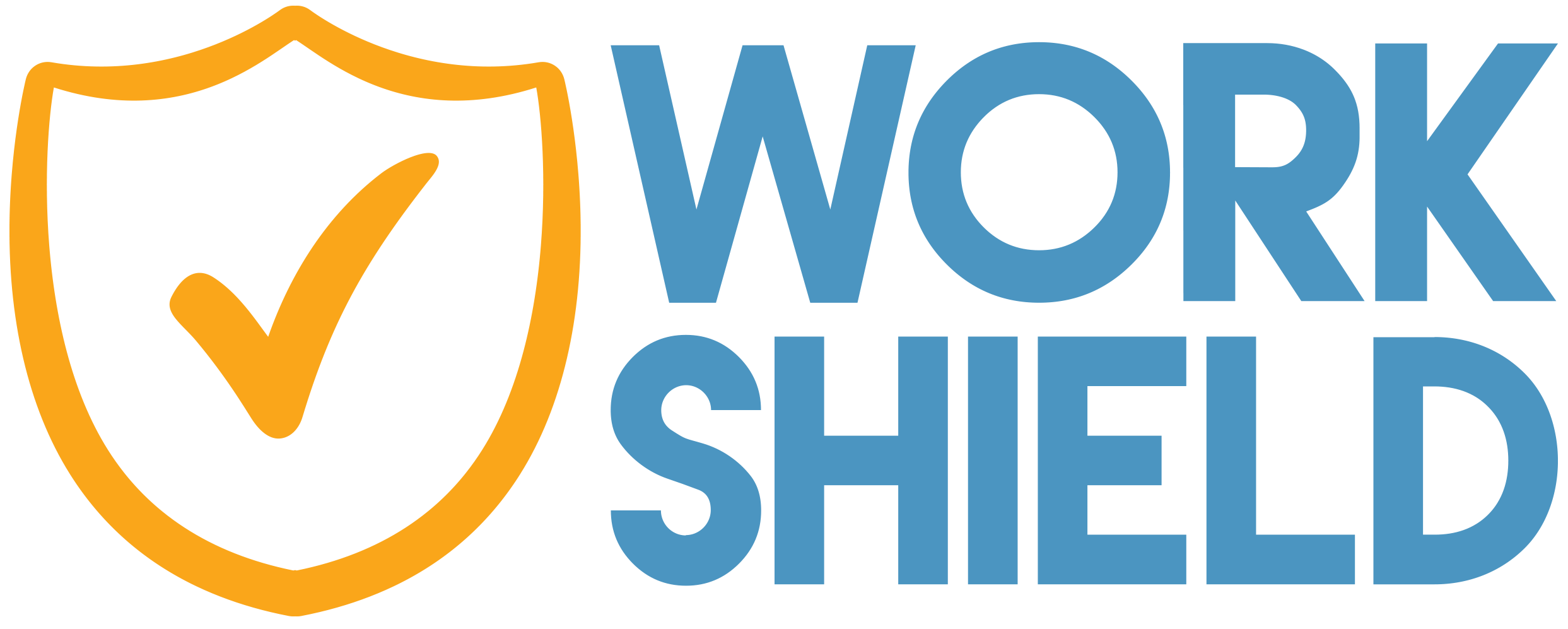In today’s workplace, HR teams are tasked with everything from recruitment and retention to benefits, performance management, and that’s before misconduct enters the picture. Layer on top of that a serious misconduct allegation and it’s no wonder so many HR professionals feel overwhelmed.
Internal investigations don’t just eat up time and energy. They can introduce risk, slow down operations, and expose the organization to legal and reputational consequences if not handled properly. According to the American Psychological Association, workplace misconduct costs U.S. businesses an estimated $300 billion per year through absenteeism, productivity loss, turnover, and legal fees.
It’s time to rethink how organizations manage this burden, especially as expectations around transparency and accountability continue to rise.
What is Considered Misconduct at Work?
Misconduct at work refers to any behavior that goes against an organization’s policies, code of conduct, or applicable laws. While serious incidents like harassment or discrimination often make headlines, employee misconduct also includes less publicized, but still damaging actions.
Some common types of misconduct in the workplace include: absenteeism, chronic tardiness, insubordination, confidentiality breaches, bullying or intimidation, theft, fraud, or misuse of resources, and harassment or discrimination based on protected characteristics.
According to the Equal Employment Opportunity Commission (EEOC), harassment is a form of employee misconduct that violates Title VII of the Civil Rights Act of 1964, the Age Discrimination in Employment Act of 1967, and the Americans with Disabilities Act of 1990. Regardless of where or how the misconduct occurred, organizations have a legal and ethical responsibility to respond.
That starts with having a clear and consistent process for reporting employee misconduct to HR or the compliance team, whether anonymously or not. Once a report is received, the burden often shifts to internal teams to investigate. It is a process that is rarely efficient or straightforward.
The Hidden Burden of Misconduct Management
HR and compliance leaders already know that misconduct investigations disrupt day-to-day priorities. But what’s less talked about is the long-term operational drag when those investigations stall, or worse, when they’re managed with outdated processes.
According to the EEOC, the average time to investigate and resolve a charge in 2023 was 11 months. That’s nearly a year of lingering tension, reputational exposure, and potential legal risk. Meanwhile, 36% of HR professionals say they lack the technology to properly automate even the basics, making the process slower and more reactive than strategic.
The question isn’t whether internal teams can investigate internally. It’s whether they should, especially when speed, neutrality, and credibility are on the line. From smart intake workflows to third-party investigative support, forward-thinking organizations are investing in the right solutions to protect their people and their bottom line.
Reducing the Burden: What Modern Teams Are Doing Differently
Misconduct in the workplace has evolved from a reactive HR issue to a strategic leadership responsibility. In today’s climate of heightened accountability, how misconduct at work is managed signals far more than compliance, it defines how seriously an organization takes its people, its brand, and its long-term resilience.
The problem? Most internal teams, especially in HR and compliance, are already overloaded. Layering complex investigations on top of core responsibilities creates operational drag, increases risk, and undermines the very systems meant to protect the organization.
The solution isn’t doing more, it’s doing it differently. Leading organizations are rethinking their approach to employee misconduct with frameworks that are systematic, scalable, and rooted in both accountability and efficiency.
At the center of that shift is a modern management platform, not just a tool, but an infrastructure that guides the investigation process from intake to resolution with clarity, neutrality, and insight.
Below are five best practices that forward-thinking leaders are using to alleviate the burden of misconduct management and elevate how their organizations respond when it matters most.
1. Streamline and Standardize Intake: The investigation process starts with the moment an employee decides to speak up. That moment is fragile and your intake system either builds trust or breaks it. Leading organizations offer multiple, low-friction options for reporting employee misconduct, including anonymous platforms, mobile-enabled tools, and clearly defined escalation paths. Standardizing intake also improves defensibility and speeds up downstream actions.
2. Invest in Impartial Investigations: When misconduct at work is investigated internally by HR or legal, there’s a built-in perception of bias, whether it’s real or not. That perception alone can erode trust. Top-tier organizations avoid this by using trained, neutral investigators (either in-house with specialized training or via a third party) to maintain credibility and reduce exposure.
3. Use Real-Time Analytics to Inform Strategy: Misconduct management isn’t just about closing investigations, it’s about learning from them. A forward-looking management platform surfaces real-time analytics that allow leaders to spot patterns, identify high-risk departments or locations, and make proactive decisions. It shifts misconduct management from reactive damage control to strategic foresight.
4. Maintain Secure and Consistent Communication: One of the most overlooked aspects of effective misconduct management is communication. Parties involved in an investigation want to know where things stand. Modern platforms enable confidential, centralized updates that preserve privacy while keeping parties appropriately informed.
5. Close the Loop with Post-Incident Action: The final step in a strong misconduct response isn’t closing the investigation, it’s using what was learned. Leading organizations conduct post-mortems, adjust policies, re-train managers, and embed lessons learned into operational culture. Whether misconduct occurred due to poor leadership, unclear expectations, or systemic gaps, those insights drive better prevention in the future.
The Impact of Third-Party Misconduct Management
As the demands on HR and compliance teams continue to grow, internal investigations can no longer be treated as an “extra” task. They are operationally disruptive, emotionally taxing, and legally risky when handled without the right infrastructure.
Alleviating that burden isn’t about outsourcing responsibility. It’s about building smarter systems, adopting neutral processes, and using data to drive better outcomes for employees, leaders, and the organization itself.
Organizations that modernize how they manage employee misconduct are doing more than checking a compliance box. They’re sending a clear signal: that accountability matters, trust is earned, and protecting their people is a leadership priority.
If your team is ready to rethink the investigation process with scalable support, Work Shield is one solution designed to meet the moment.





